
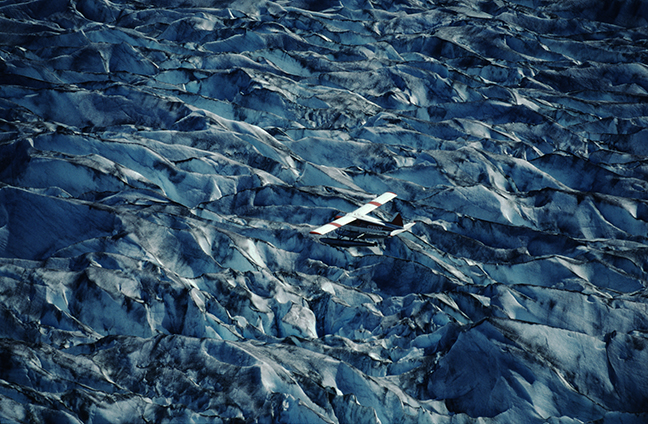
One day my friend Pete Devaris, then owner of Alaska Coastal Airlines in Juneau, Alaska, asked me to photograph him flying his de Havilland Canada DHC-2 Beaver over the Juneau Icefield. The icefield is the source of the Mendenhall and Taku Glaciers and is the fifth-largest icefield in the Western Hemisphere.
©Rich Beckman


Humpback Whales return to Frederick Sound in southeastern Alaska each spring from their breeding and birthing grounds in Hawaii, Mexico and Japan to feed on krill. The Sound separates Kupreanof Island to the south from Admiralty Island in the north and is a major summer feeding ground for humpback whales. Krill are a critical element in the aquatic food chain as they convert phytoplankton and zooplankton into a form suitable for consumption by larger animals that cannot feed directly on the algae. A humpback whale will consume 4,400-5,500 pounds of krill, plankton and small fish daily during the summer months. (1/3)
©Rich Beckman

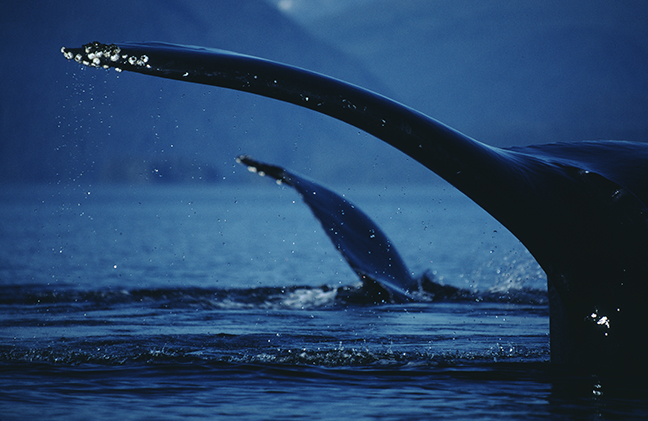
Humpback Whales return to Frederick Sound in southeastern Alaska each spring from their breeding and birthing grounds in Hawaii, Mexico and Japan to feed on krill. The Sound separates Kupreanof Island to the south from Admiralty Island in the north and is a major summer feeding ground for humpback whales. Krill are a critical element in the aquatic food chain as they convert phytoplankton and zooplankton into a form suitable for consumption by larger animals that cannot feed directly on the algae. A humpback whale will consume 4,400-5,500 pounds of krill, plankton and small fish daily during the summer months. (2/3)
©Rich Beckman


Humpback Whales return to Frederick Sound in southeastern Alaska each spring from their breeding and birthing grounds in Hawaii, Mexico and Japan to feed on krill. The Sound separates Kupreanof Island to the south from Admiralty Island in the north and is a major summer feeding ground for humpback whales. Krill are a critical element in the aquatic food chain as they convert phytoplankton and zooplankton into a form suitable for consumption by larger animals that cannot feed directly on the algae. A humpback whale will consume 4,400-5,500 pounds of krill, plankton and small fish daily during the summer months. (3/3)
©Rich Beckman

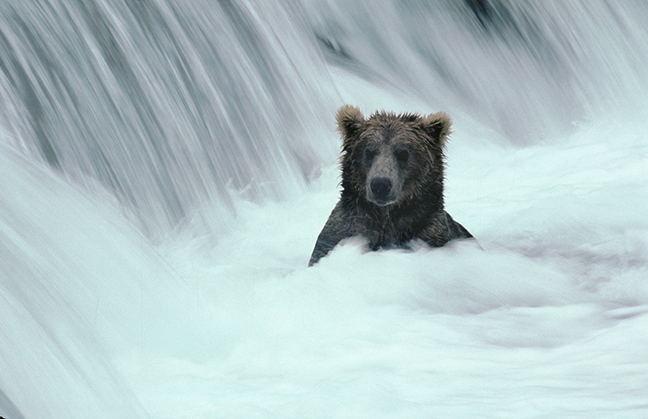
Brooks River and Falls, within Katmai National Park, are located on the Alaska Peninsula, west of the Shelikof Strait and Kodiak Island, along the shore of Naknek Lake, the largest lake within any national park in the United States. Brown Bears congregate to feed on sockeye salmon in the Brooks River and at the Falls each July. Katmai National Monument was established in 1918 to protect the volcanically devastated region surrounding Mount Katmai and the Valley of Ten Thousand Smokes. The Novarupta-Katmai eruption that began on June 6, 1912 was one of the five largest volcanic eruptions in recorded history. (1/3)
©Rich Beckman

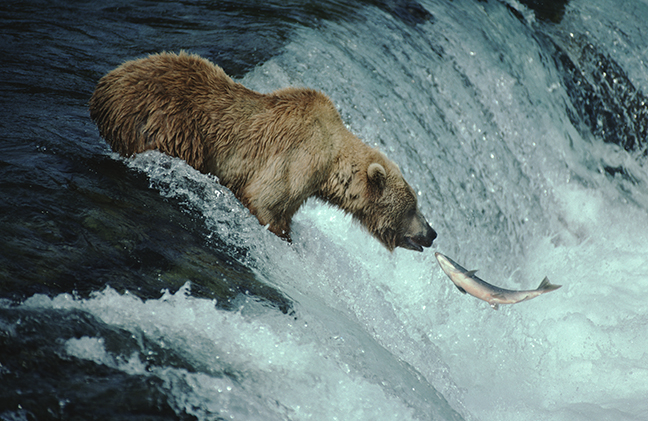
Brooks River and Falls, within Katmai National Park, are located on the Alaska Peninsula, west of the Shelikof Strait and Kodiak Island, along the shore of Naknek Lake, the largest lake within any national park in the United States. Brown Bears congregate to feed on sockeye salmon in the Brooks River and at the Falls each July. Katmai National Monument was established in 1918 to protect the volcanically devastated region surrounding Mount Katmai and the Valley of Ten Thousand Smokes. The Novarupta-Katmai eruption that began on June 6, 1912 was one of the five largest volcanic eruptions in recorded history. (2/3)
©Rich Beckman

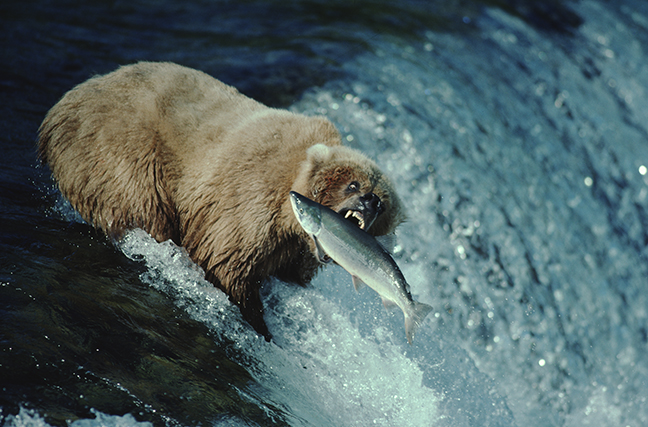
Brooks River and Falls, within Katmai National Park, are located on the Alaska Peninsula, west of the Shelikof Strait and Kodiak Island, along the shore of Naknek Lake, the largest lake within any national park in the United States. Brown Bears congregate to feed on sockeye salmon in the Brooks River and at the Falls each July. Katmai National Monument was established in 1918 to protect the volcanically devastated region surrounding Mount Katmai and the Valley of Ten Thousand Smokes. The Novarupta-Katmai eruption that began on June 6, 1912 was one of the five largest volcanic eruptions in recorded history. (3/3)
©Rich Beckman

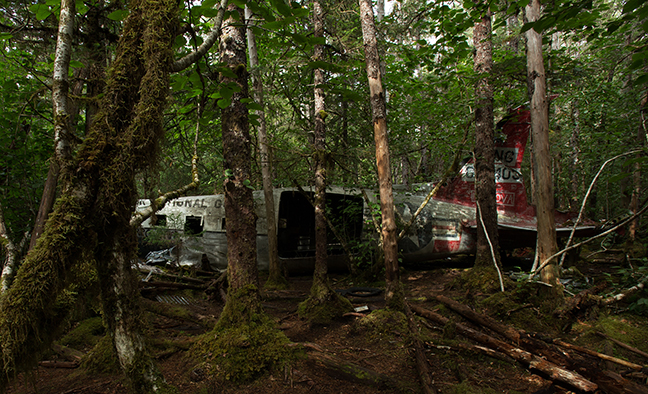
In the early night of Saturday, November 23, 1957, a National Guard Douglas C-47, low on fuel, with 11 passengers on board, clipped a tall tree while attempting to land during a snow squall on Gustavus Island. The four men in the cockpit were killed and seven passengers survived. Today, the aircraft remains where it crashed with the main fuselage mostly intact. Parts of the wreckage have been scavenged and the surface defaced, but it remains a raw monument to a tragic piece of Alaskan lore.
©Rich Beckman

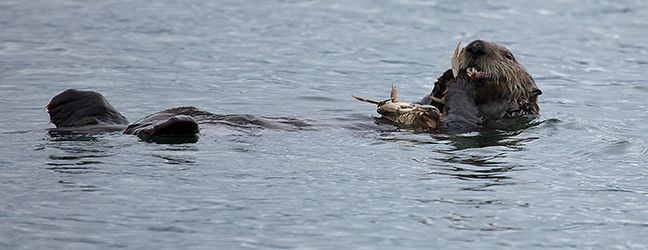
Sea Otters, protected by the Marine Mammal Protection Act (except for Native subsistence hunting), are the largest member of the weasel family and the smallest marine mammal. They dive to catch their prey and surface to eat their food, rolling onto their back and using their chest as a table. Main prey species include sea urchins, crabs, clams, mussels, octopus, fish and other marine invertebrates. They have the densest hair coat of any mammal, with 800,000 to one million hairs per square inch and trapped air provides four times the insulation, as would the same thickness of fat. Sea Otter numbers have declined by more than 50 percent in southwestern Alaska during the past 20 years.
©Rich Beckman

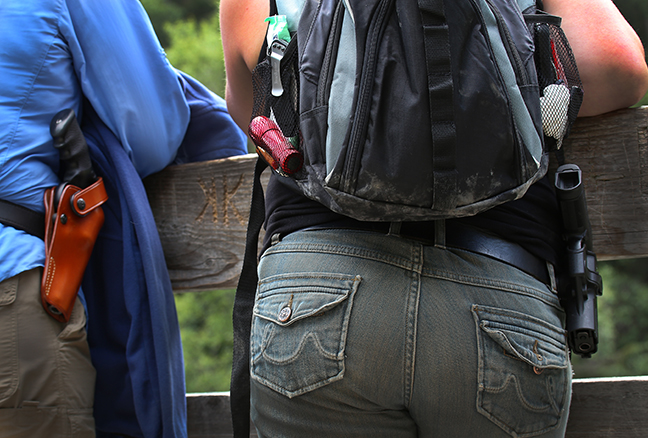
One evening we met these two lovely young ladies at one of the Russian River Falls overlooks. Their daypacks identified them as member of Team Glock. Alaska was the first state to adopt carry laws where no license is required to carry a handgun, either openly or concealed.
©Rich Beckman

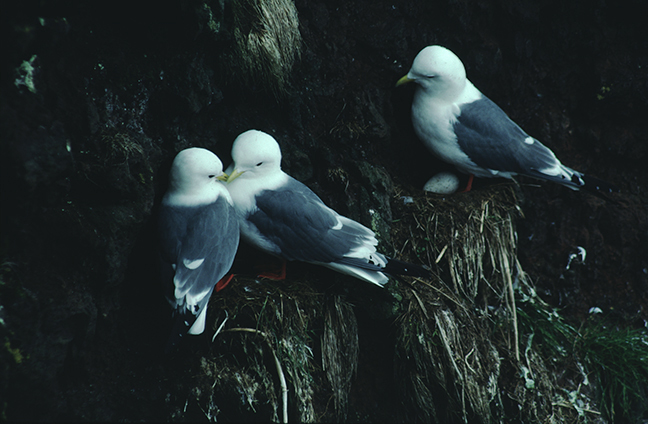
The U.S. Fish and Wildlife Service estimates that 80 percent of the world’s Red-legged Kittiwake population nests on St. George Island in the Pribilof Islands, a four-island archipelago in the Bering Sea, 300 miles from the Alaska mainland. The island is about 35 square miles in size with a population of about 100 people, all living in St. George, its only community. More than 2.5 million seabirds nest on the Pribilofs, making it the largest seabird colony in the Northern Hemisphere.
©Rich Beckman

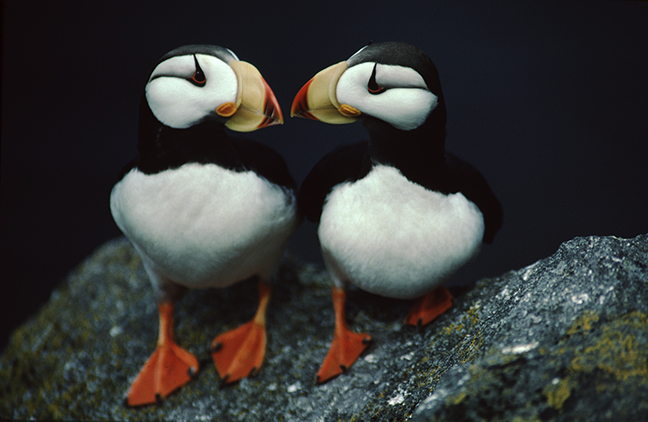
Round Island, Alaska, part of the Walrus Islands State Reserve is a major summer haul-out for male Pacific Walruses. The extreme retreat of Alaska’s summer sea ice has led large numbers of walruses to haul out on land instead of resting on offshore ice. The Walrus Islands State Game Sanctuary protects seven small islands and their adjacent waters in northern Bristol Bay, approximately 65 miles southwest of Dillingham, AK. Up 14,000 walrus have been counted on Round Island in a single day. The island also host breeding colonies of Common Murres, Black-legged Kittiwakes, Pelagic Cormorants, Parakeet Auklets and Tufted and Horned Puffins totaling more than 250,000 birds. (1/4)
©Rich Beckman


Round Island, Alaska, part of the Walrus Islands State Reserve is a major summer haul-out for male Pacific Walruses. The extreme retreat of Alaska’s summer sea ice has led large numbers of walruses to haul out on land instead of resting on offshore ice. The Walrus Islands State Game Sanctuary protects seven small islands and their adjacent waters in northern Bristol Bay, approximately 65 miles southwest of Dillingham, AK. Up 14,000 walrus have been counted on Round Island in a single day. The island also host breeding colonies of Common Murres, Black-legged Kittiwakes, Pelagic Cormorants, Parakeet Auklets and Tufted and Horned Puffins totaling more than 250,000 birds. (2/4)
©Rich Beckman

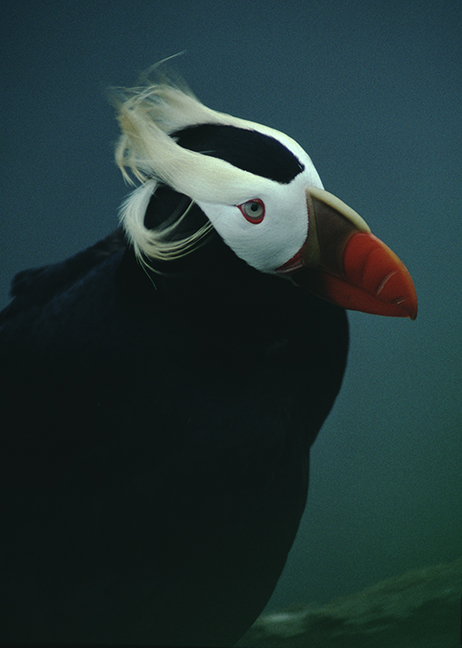
Round Island, Alaska, part of the Walrus Islands State Reserve is a major summer haul-out for male Pacific Walruses. The extreme retreat of Alaska’s summer sea ice has led large numbers of walruses to haul out on land instead of resting on offshore ice. The Walrus Islands State Game Sanctuary protects seven small islands and their adjacent waters in northern Bristol Bay, approximately 65 miles southwest of Dillingham, AK. Up 14,000 walrus have been counted on Round Island in a single day. The island also host breeding colonies of Common Murres, Black-legged Kittiwakes, Pelagic Cormorants, Parakeet Auklets and Tufted and Horned Puffins totaling more than 250,000 birds. (3/4)
©Rich Beckman

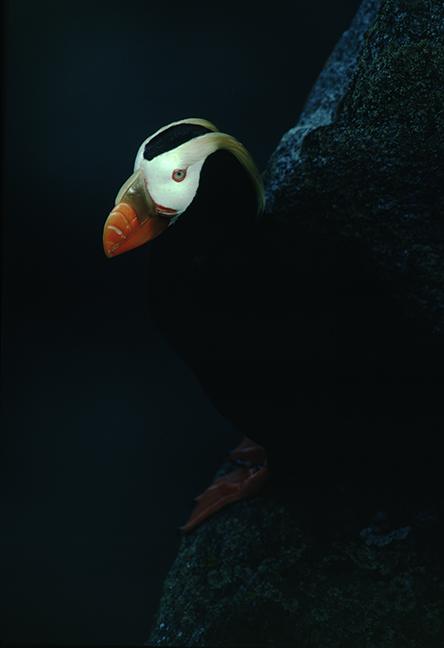
Round Island, Alaska, part of the Walrus Islands State Reserve is a major summer haul-out for male Pacific Walruses. The extreme retreat of Alaska’s summer sea ice has led large numbers of walruses to haul out on land instead of resting on offshore ice. The Walrus Islands State Game Sanctuary protects seven small islands and their adjacent waters in northern Bristol Bay, approximately 65 miles southwest of Dillingham, AK. Up 14,000 walrus have been counted on Round Island in a single day. The island also host breeding colonies of Common Murres, Black-legged Kittiwakes, Pelagic Cormorants, Parakeet Auklets and Tufted and Horned Puffins totaling more than 250,000 birds. (4/4)
©Rich Beckman